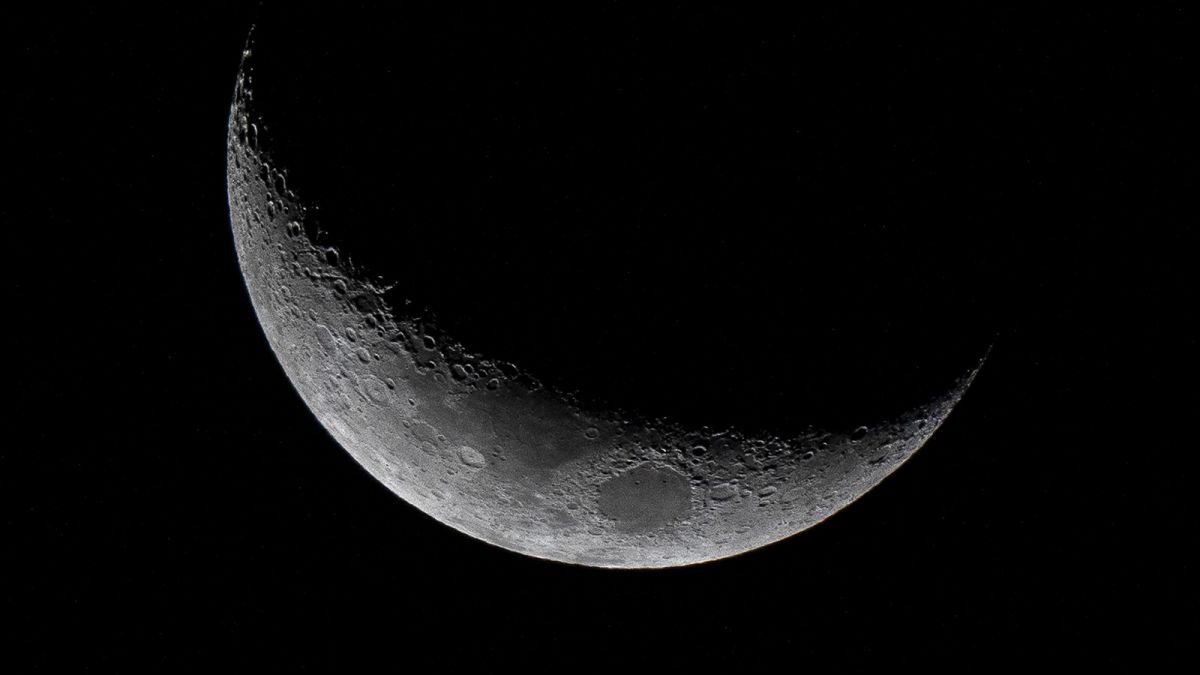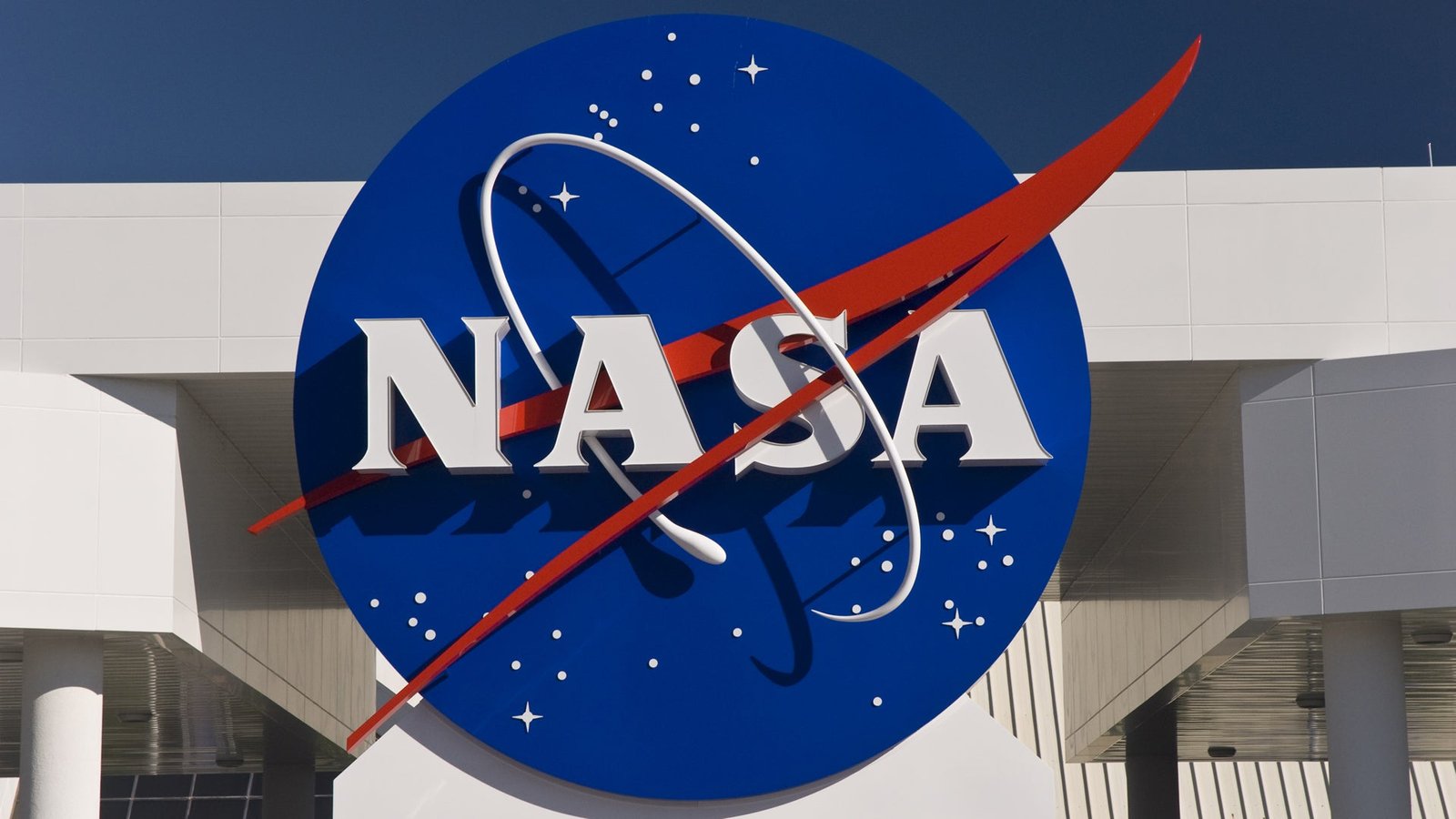Fun Facts About The Moon!
For thousands of years, humans have been captivated by the Moon, Earth’s natural satellite, which has sparked both science and myth. Our article will delve into five intriguing and lesser-known facts about this celestial body.
1. The Moon is Not Round
We tend to envision the Moon as a completely circular sphere, but it is actually not. The Moon’s equator bulges while the poles are slightly flattened, causing it to have an oblate spheroid contour. The funky shape is due to the Moon’s cosmic spin, which tosses gravity around. Earth’s gravitational influence also causes the Moon’s structure to slightly shift over time.
1. The Moon Is Moving Away From The Earth
At a pace of roughly 3.8 centimeters annually, the Moon is gradually distancing itself from Earth, thanks to the tidal forces they exert on one another. Earth’s tides are stirred up by the gravitational tug of the Moon, but concurrently, a protruding mass is generated on its satellite. This very mass is responsible for pushing the Moon farther away from our planet with its gravitational influence. Denouement is an expected outcome of lunar relocation since tidal pull will be weakened when it is at a great distance from Earth, ultimately resulting in shrunken tides.
3. Quakes can be felt on the Moon.
Similar to what occurs on Earth, the Moon also undergoes moonquakes which suggests it’s not always silent and placid. These quakes can be the result of diverse factors such as the Earth’s gravitational pull, meteoroid impacts, and the cooling and contraction of the Moon’s interior. Unlike earthquakes, where the tectonic plates are accountable, moonquakes occur when the internal structure of the Moon contracts and cools causing it to lose heat.
4. The Moons Atmosphere Is Super Thin!
The Moon’s exosphere is comprised of helium, neon, and hydrogen, creating a very sparse atmosphere. Unlike Earth’s atmosphere, the molecules in the exosphere are too far apart to function as a gas. This leaves the Moon’s surface unprotected from the harmful solar winds and radiation that continuously blast it.
5. There are two sides to the moon – one is illuminated and the other is dark.
The common misconception about the Moon having a permanently “dark side” is incorrect. However, there is a side that is permanently out of sight from Earth. This peculiarity is because the Moon rotates in sync with its revolution around Earth, a phenomenon called synchronous rotation. As a result, one side of the Moon constantly faces Earth, while the opposite side is always in view elsewhere. Collectively, it is called the “far side” and 1959 marked the first human sighting through photographs taken by the Soviets’ Luna 3 spacecraft.
Conclusion
Our solar system’s Moon is captivating with numerous peculiar and amusing details that amaze us. Its peculiar shape that seems slightly flattened, the gradual departure from Earth, the tremors it experiences, its rare atmosphere, and the contrasting illuminations on each side. The Moon enthralls both scientists and society with something intriguing. As we further investigate and venture into the vastness of the Moon, we’ll undoubtedly discover even more captivating details about our adjacent celestial partner. Ultimately, it’s evident that the Moon’s fascination is unending.











